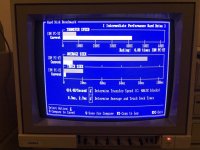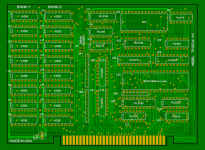dJOS
Veteran Member
The majority of my Cisco cards identify as "STI Flash" with a version number that follows. Based on that, I believe them to be rebranded Simpletech cards. There are a couple that identify as something else, but I do not recall off the top of my head what those were.
If you can find the Seagate ST1 MicroDrives I highly recommend them - they are almost as fast as flash due to a huge ram cache and should live longer than flash.



